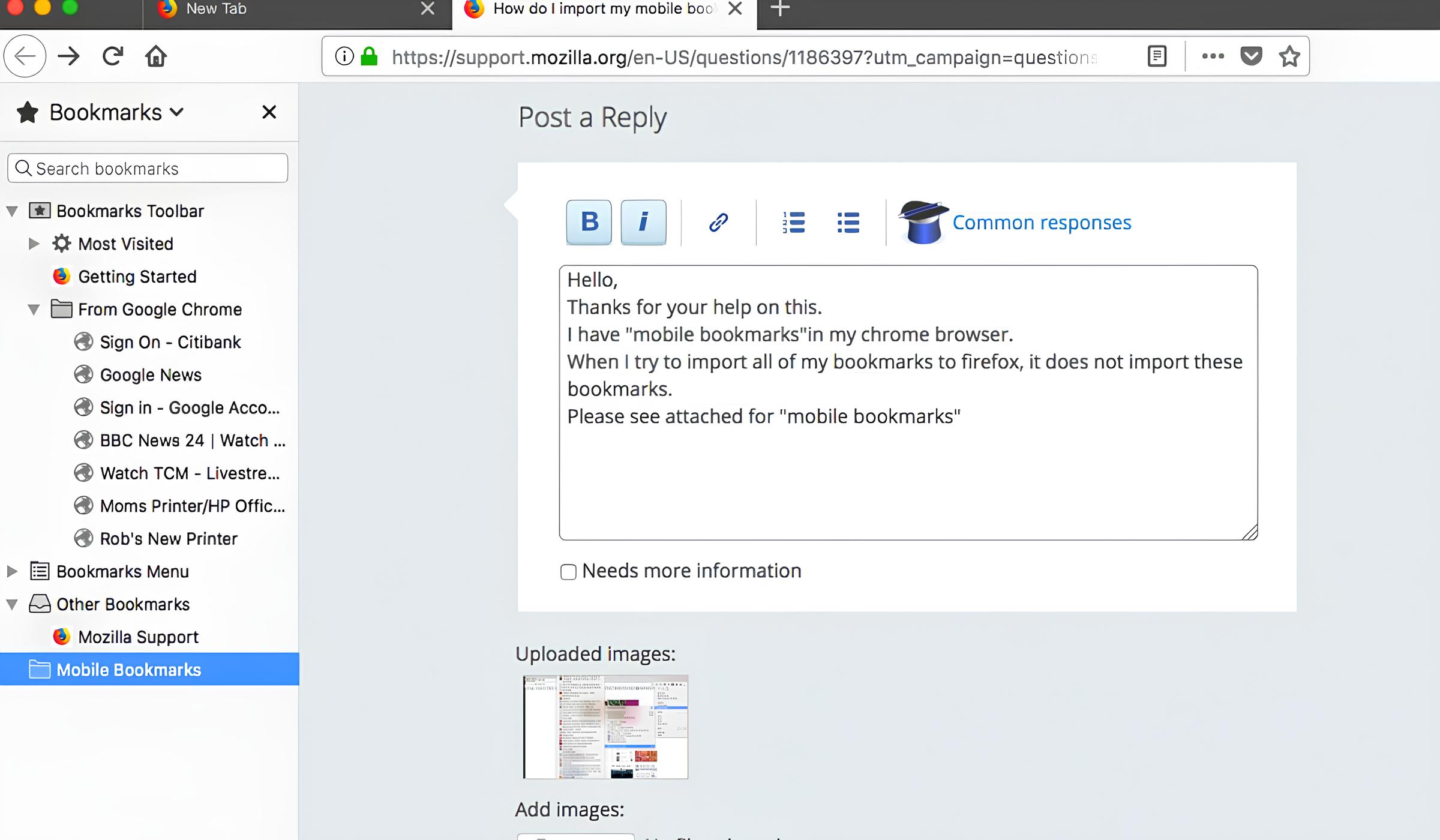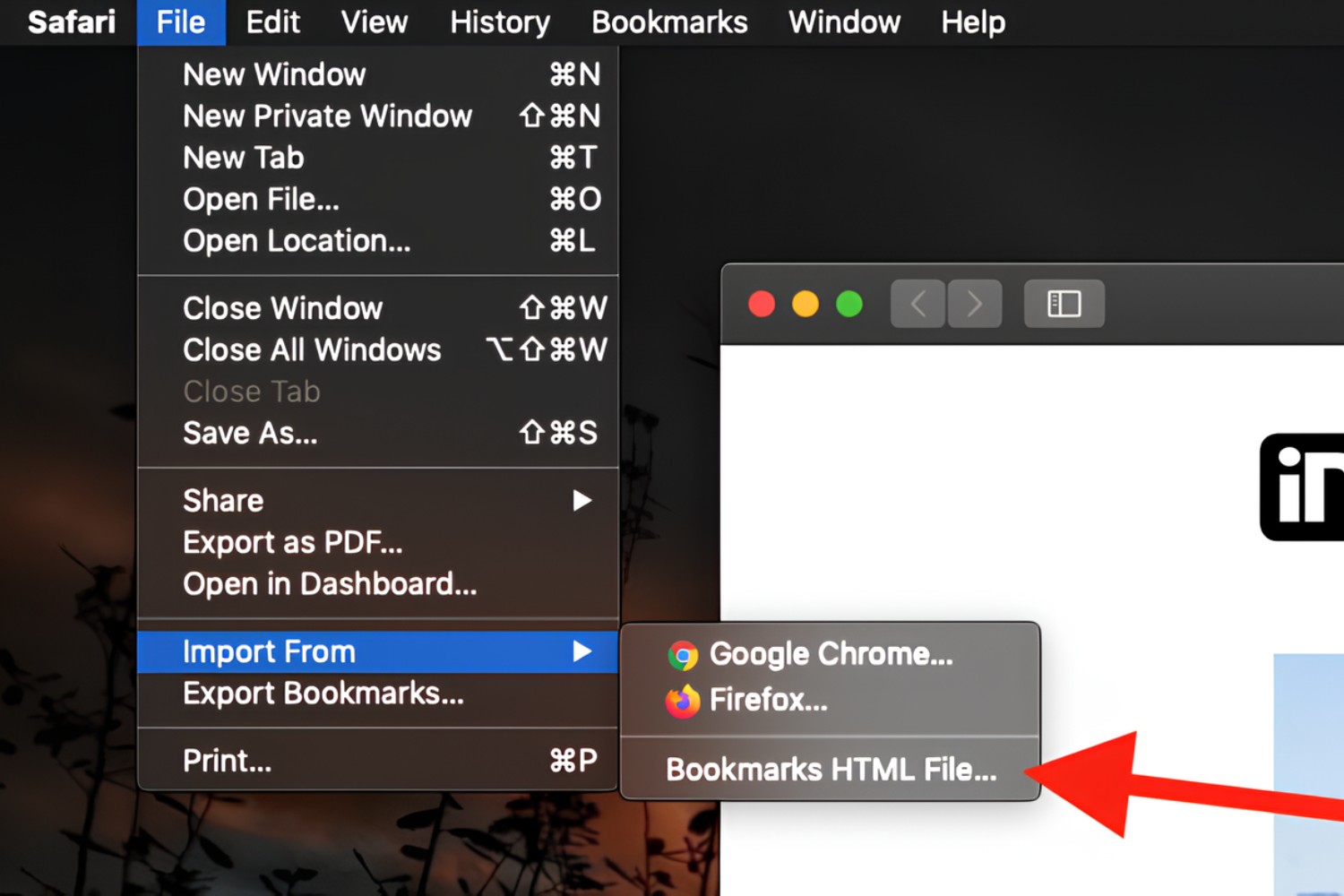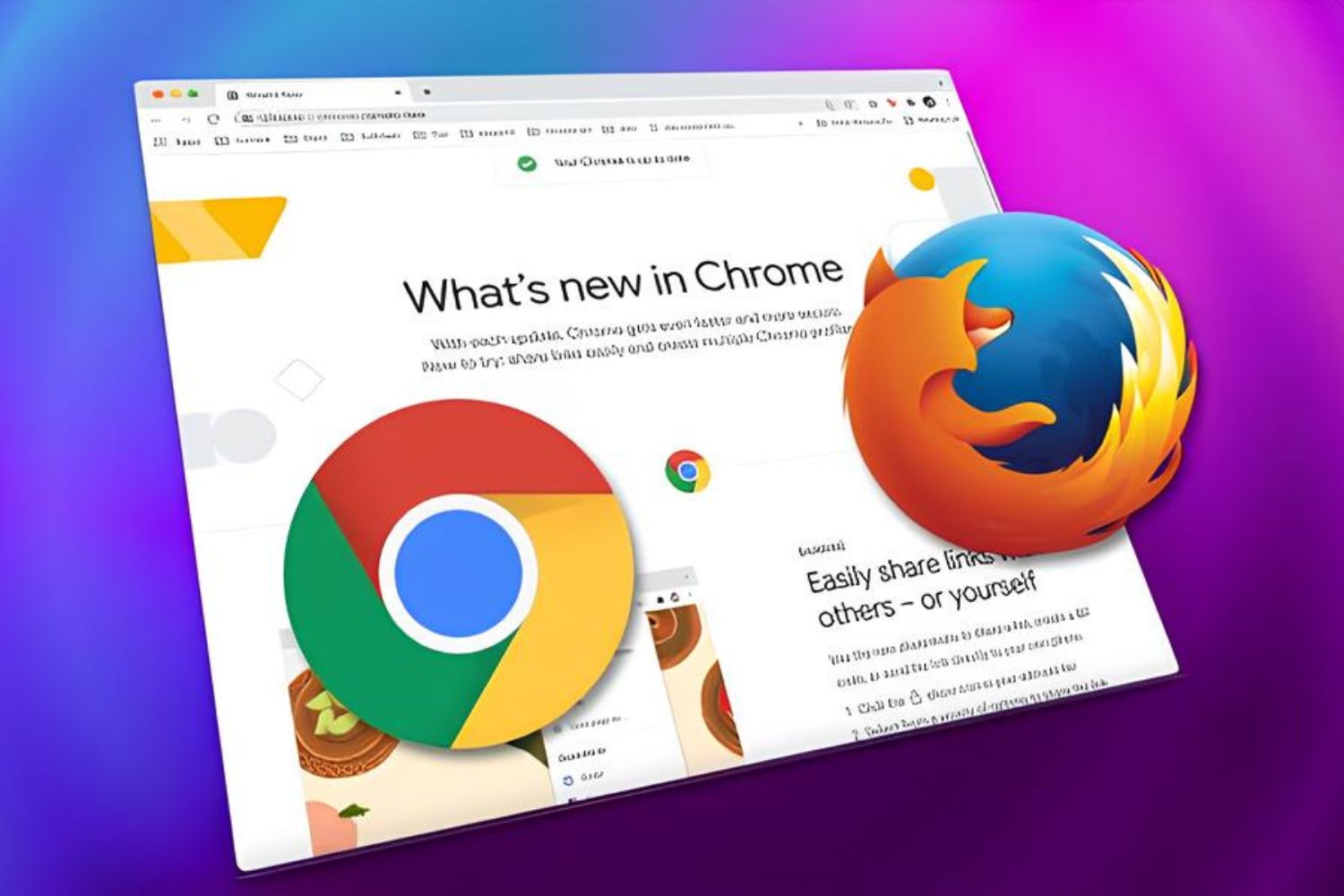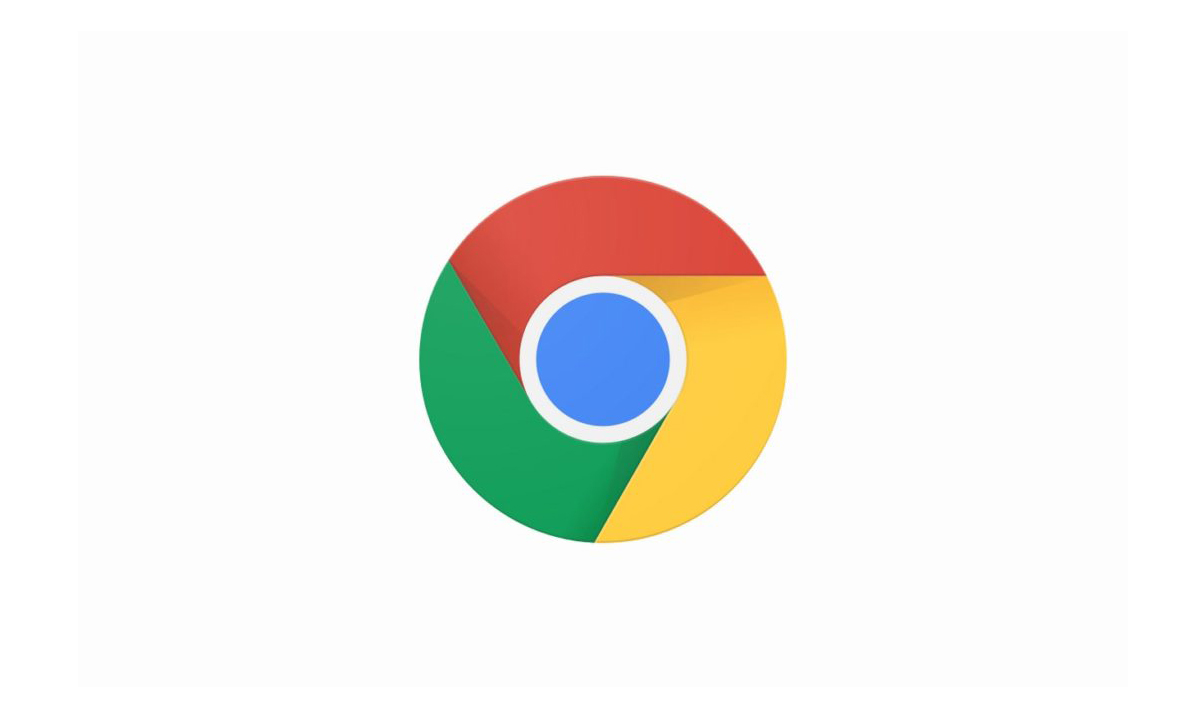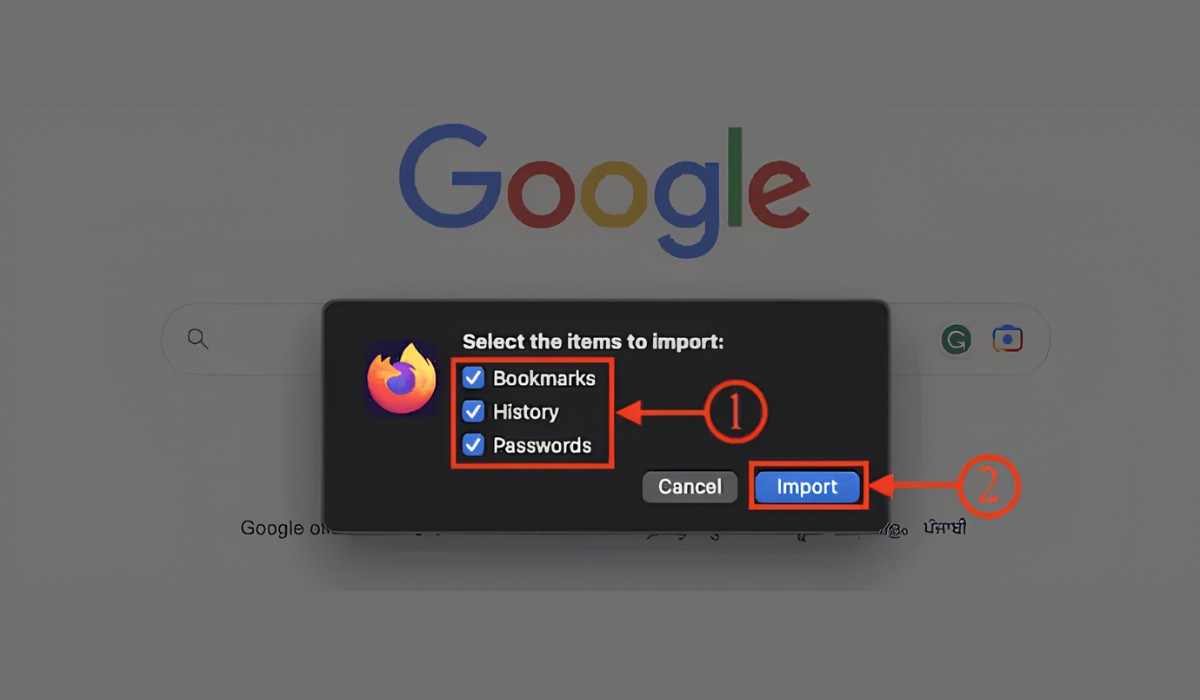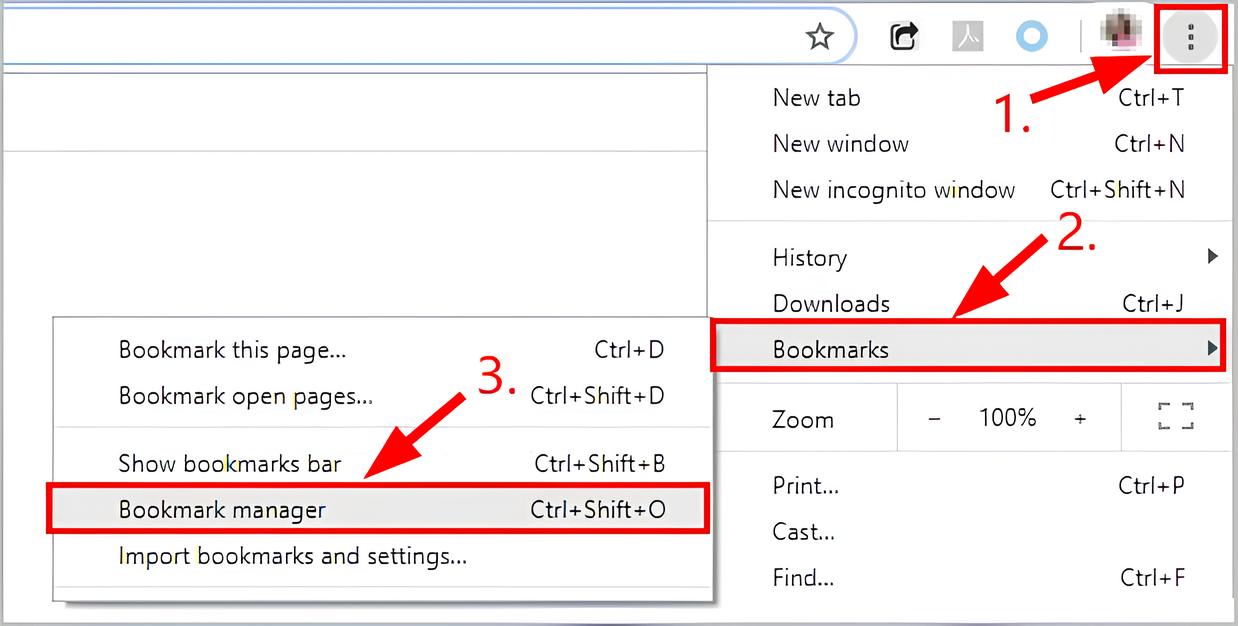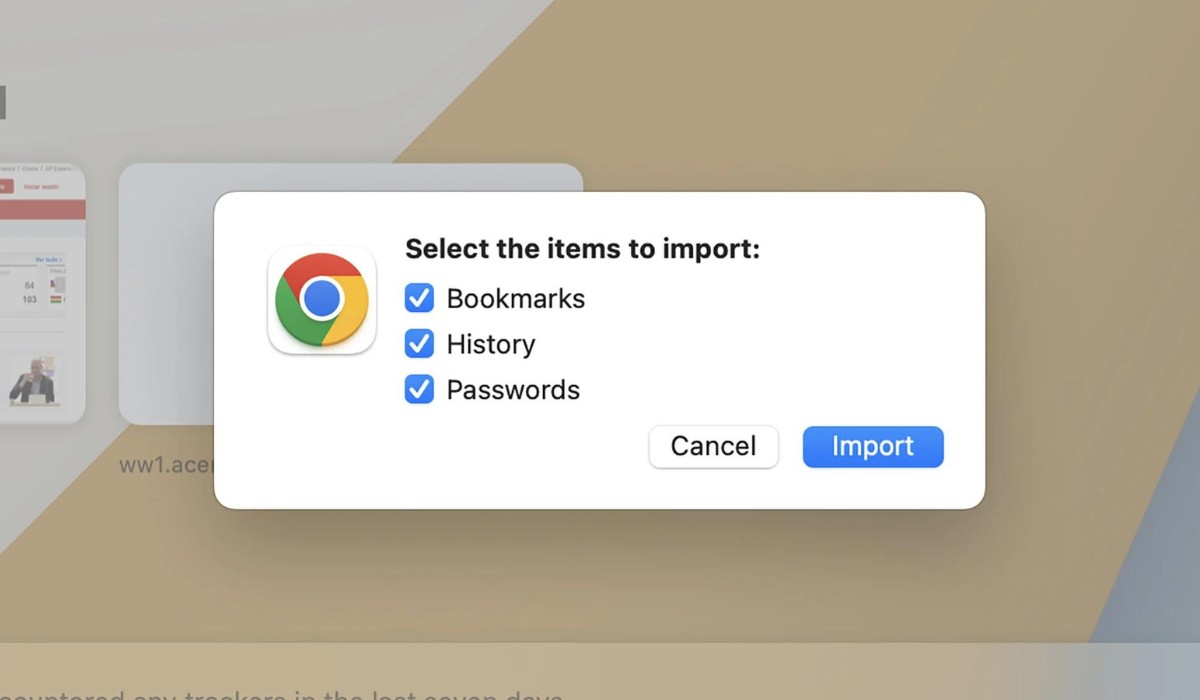Introduction
Migrating from one web browser to another can be a daunting task, especially when it comes to transferring your carefully curated collection of bookmarks. Whether you're making the switch from Firefox to Chrome for its sleek interface, faster performance, or seamless integration with other Google services, the process of importing your Firefox bookmarks to Chrome doesn't have to be a headache.
In this guide, we'll walk you through the step-by-step process of seamlessly importing your Firefox bookmarks to Chrome. By following these simple instructions, you can ensure that all your favorite websites and saved links make a smooth transition to your new browser, allowing you to pick up right where you left off without missing a beat.
So, if you're ready to make the leap to Chrome but don't want to leave behind the bookmarks that have become an integral part of your browsing experience, you're in the right place. Let's dive into the process of exporting your Firefox bookmarks and importing them into Chrome, ensuring that your transition to a new browser is as seamless as possible.
Step 1: Exporting Firefox Bookmarks
Exporting your Firefox bookmarks is the first crucial step in the process of transitioning to Chrome while retaining all your saved links and favorite websites. This straightforward process ensures that you have a backup of your bookmarks, allowing for a seamless transfer to your new browser. Here's how to export your Firefox bookmarks in a few simple steps:
-
Open Firefox: Launch the Firefox browser on your computer.
-
Access Bookmarks: Navigate to the bookmarks menu by clicking on the "Bookmarks" option in the top menu bar. From the dropdown menu, select "Show All Bookmarks" to open the Library window.
-
Select Export Bookmarks to HTML: In the Library window, click on the "Import and Backup" button located at the top of the window. From the dropdown menu, select "Export Bookmarks to HTML." This action will prompt a window to appear, allowing you to choose the location and name for the exported bookmarks file.
-
Choose Location and Name: Select a suitable location on your computer to save the exported bookmarks file. Additionally, you can choose a descriptive name for the file, making it easy to identify during the import process.
-
Save the File: Once you've chosen the location and named the file, click the "Save" button to export your Firefox bookmarks to an HTML file. This file will serve as the bridge for importing your bookmarks into Chrome.
By following these simple steps, you can efficiently export your Firefox bookmarks to an HTML file, ensuring that all your saved links and favorite websites are securely backed up and ready for the next phase of the transition process. With your bookmarks safely exported, you're now prepared to proceed to the next step of importing them into Chrome, allowing for a seamless continuation of your browsing experience in your new browser.
Step 2: Importing Firefox Bookmarks to Chrome
Now that you've successfully exported your Firefox bookmarks to an HTML file, it's time to seamlessly import them into Chrome. This straightforward process ensures that all your saved links and favorite websites make a smooth transition to your new browser, allowing you to pick up right where you left off without missing a beat. Here's how to import your Firefox bookmarks into Chrome in a few simple steps:
-
Open Chrome: Launch the Chrome browser on your computer. If you don't have Chrome installed, you can download it from the official website and complete the installation process.
-
Access Bookmarks: Once Chrome is open, click on the three-dot menu icon located in the top-right corner of the browser window. From the dropdown menu, hover over the "Bookmarks" option to reveal additional choices.
-
Choose Import Bookmarks and Settings: From the expanded Bookmarks menu, select the "Import Bookmarks and Settings" option. This action will open a new tab within Chrome, presenting you with a list of browsers and data types that can be imported.
-
Select Firefox and Bookmarks: In the "Import Bookmarks and Settings" tab, you'll see a list of browsers from which you can import data. Choose "Firefox" from the list of browsers, and ensure that the "Favorites/Bookmarks" option is selected.
-
Initiate Import Process: Once you've chosen Firefox and the Bookmarks option, click the "Import" button to initiate the import process. Chrome will then locate the HTML file containing your exported Firefox bookmarks and proceed to import them into the browser.
-
Verify Imported Bookmarks: After the import process is complete, navigate to the bookmarks bar or menu in Chrome to ensure that your Firefox bookmarks have been successfully imported. You should see all your saved links and favorite websites neatly organized within Chrome, ready to be accessed with ease.
By following these simple steps, you can seamlessly import your Firefox bookmarks into Chrome, ensuring that your transition to a new browser is as smooth as possible. With your bookmarks now seamlessly integrated into Chrome, you can continue your browsing experience without missing a beat, knowing that all your favorite websites and saved links are right at your fingertips.
Now that you've successfully imported your Firefox bookmarks into Chrome, you're all set to explore the seamless browsing experience that Chrome has to offer, complete with your familiar collection of bookmarks from Firefox. Whether you're drawn to Chrome for its speed, versatility, or integration with other Google services, you can now enjoy the best of both worlds as you navigate the web with ease.
Conclusion
In conclusion, the process of importing your Firefox bookmarks to Chrome is a straightforward and essential step in ensuring a seamless transition to a new browser. By following the steps outlined in this guide, you can effortlessly export your Firefox bookmarks to an HTML file and seamlessly import them into Chrome, preserving your carefully curated collection of saved links and favorite websites.
As you make the switch to Chrome, it's reassuring to know that you don't have to leave behind the familiar bookmarks that have become an integral part of your browsing experience. The ability to seamlessly transfer your bookmarks from Firefox to Chrome allows you to maintain continuity in your web browsing habits, ensuring that your transition to a new browser is as smooth as possible.
With your Firefox bookmarks now seamlessly integrated into Chrome, you can explore the full potential of the browser's features and performance while having all your favorite websites and saved links readily accessible. Whether you're drawn to Chrome for its speed, sleek interface, or seamless integration with other Google services, the process of importing your Firefox bookmarks ensures that you can enjoy the best of both browsers without any disruptions.
Furthermore, the ability to import bookmarks from Firefox to Chrome underscores the flexibility and convenience that modern web browsers offer. It empowers users to explore different browsers while retaining the familiarity of their bookmarked websites, creating a seamless transition that aligns with their browsing preferences and needs.
As you continue to navigate the web with Chrome, you can take full advantage of its robust features, extensions, and synchronization capabilities, all while having your trusted collection of bookmarks at your fingertips. This seamless integration of your Firefox bookmarks into Chrome exemplifies the user-centric approach that modern browsers strive to provide, allowing for a personalized and uninterrupted browsing experience.
In essence, the process of importing Firefox bookmarks to Chrome not only simplifies the transition between browsers but also underscores the user's ability to tailor their browsing environment to suit their preferences. By seamlessly transferring your bookmarks, you can embrace the full potential of Chrome while maintaining the familiarity of your favorite websites, ultimately enhancing your browsing experience in a way that aligns with your individual needs and habits.







